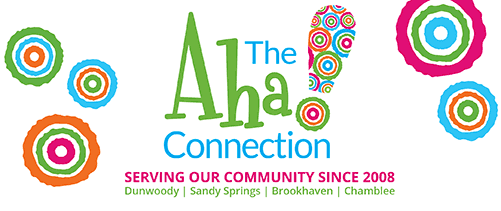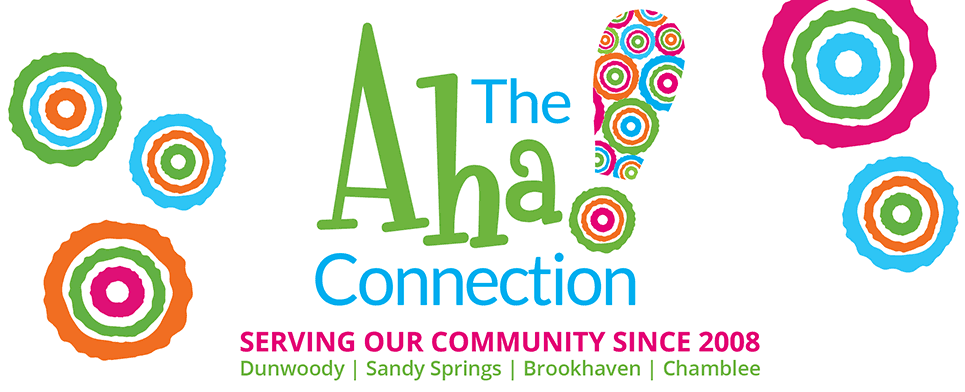 A love of reading begins during infancy when a baby recognizes excitement in her parent’s voice during story time. To raise an active reader, it’s important to make time to read together, choose the right books and implement a regular story time schedule. While the act of story time should be a daily routine, your child’s reaction and enthusiasm will be anything but predictable.
A love of reading begins during infancy when a baby recognizes excitement in her parent’s voice during story time. To raise an active reader, it’s important to make time to read together, choose the right books and implement a regular story time schedule. While the act of story time should be a daily routine, your child’s reaction and enthusiasm will be anything but predictable.
To ensure that the time spent reading with your child is both engaging and educational, follow this simple READ acronym, developed by the Atlanta Junior League and the Rollins Center for Language & Learning at the Atlanta Speech School:
• Repeat the book three to five times. Discuss the story, characters and new vocabulary.
• Engage and Enjoy, using different voices for the characters to bring the story to life.
• Ask “why” questions, letting your child share his ideas about the story.
• Do more. Bring the story to life through related activities to reinforce learning.
Establishing a love of reading in your child’s first five years is crucial for brain development and language proficiency. Consider the following tips based on your child’s age to set an early foundation for reading appreciation and to help develop language skills, foster creativity and bond with your little one:
Before Birth: Research demonstrates that babies respond to books that were read to them in the womb. During pregnancy, reading establishes voice recognition and promotes cognitive development in your baby. The rhythm and melody of voices serve as the prenatal foundation for language, so choose a rhythmic story with cadence, a warm tone or repetition – repetition leads to recognition! Our suggestions: “How do I Love You?” by Marion Dane Bauer or “Chicka Chicka Boom Boom” by Bill Martin Jr.
Ages 0 – 1: Reading books should be a favorite bedtime activity at this age. With daily “tuck-in” stories and snuggling together at bedtime, children will begin to associate comfort and warmth with reading. Sturdy board books with bright illustrations are easiest to handle and invite participation. Books with familiar subjects like babies, animals and parents will resonate with babies since they respond to faces and eyes before other stimuli. Our suggestions: “Peek a Who?” by Nina Laden or “Counting Kisses” by Karen Katz.
Ages 1 – 3: Research shows that the frequency of reading in a child’s first three years is associated with advanced language and cognitive scores later in life. Choosing a wide variety of stories will help him build vocabulary and understand story sequencing. Ask lots of questions, act silly and try out different character voices to make reading dramatic and capture your toddler’s attention. Vivid illustrations, along with rhyming and repetitive text, will encourage lively dialogue! Our suggestions: “Book!” or “From Head to Toe” by Eric Carle.
Ages 4 – 5: Preschoolers are ready to discover the magic of books for themselves. Books help young children understand their own feelings when characters face similar life events, so don’t be afraid to bring up topics they may be curious about. Read books by different authors, introduce new genres, and encourage your child to explore a variety of books to develop interests and discover favorites, as well as learn about more complex story structures with plot and characters. Our suggestions: “The Red Book” by Barbara Lehman or “A Splendid Friend Indeed” by Suzanne Bloom.
The first five years of life are critical for brain development and learning. By reading aloud and talking to your child from birth, parents help their little ones develop essential language skills, arriving at kindergarten better prepared to learn, read and succeed.
To learn about Primrose School of Dunwoody, visit our school campus at 5050 Nandina Lane in Dunwoody, www.PrimroseDunwoody.com or call 770.396.8266. For more parenting tips, visit our 360 Parenting blog at www.PrimroseSchools.com/360Parenting.
# # #
Contact:
Barbara Newsome
(770)396-8266
office@primrosedunwoody.com
















